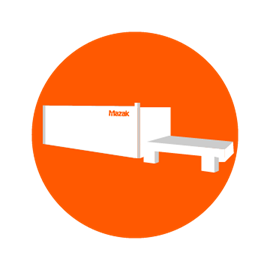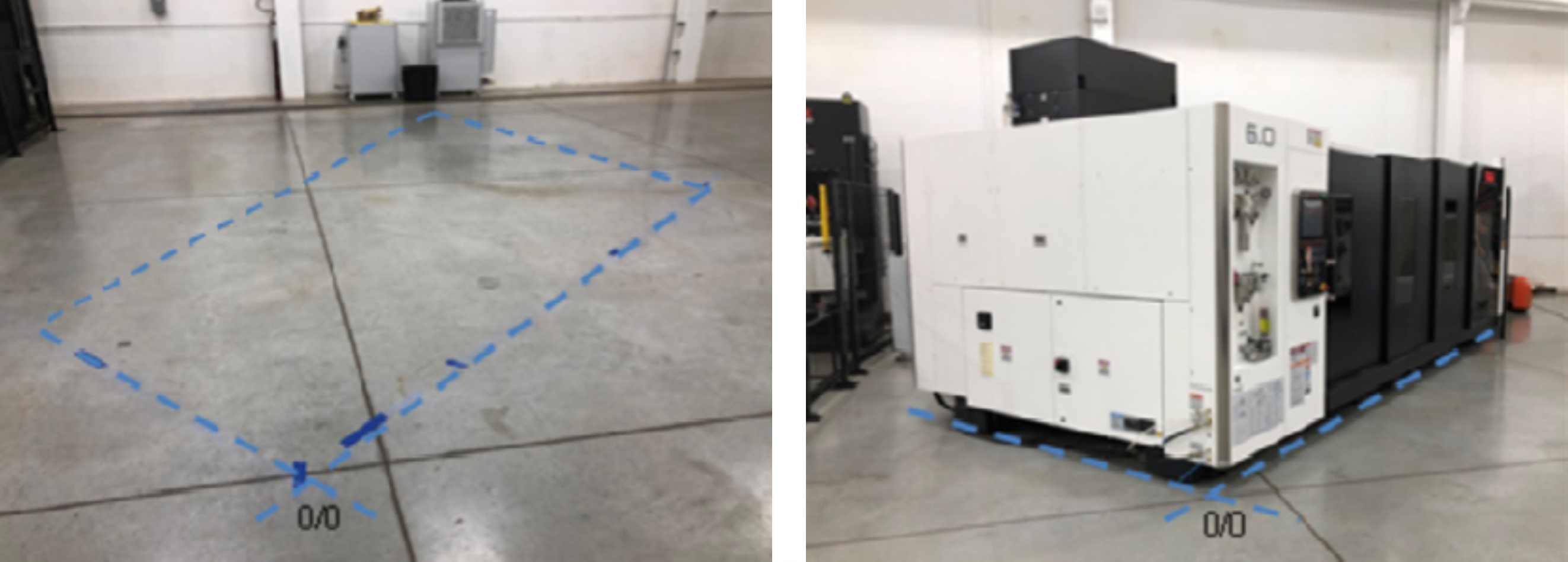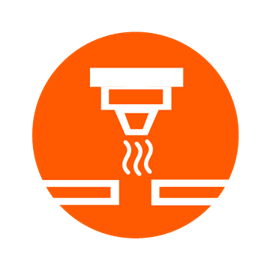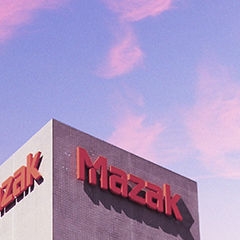Pre-Installation Checklist
Prepare for the installation of a Mazak laser-cutting machine and help maximize laser performance with this pre-installation checklist.
By Atika Rafiq, Marketing Specialist at Mazak Optonics Corp.

Purchasing new equipment can be an exciting and anxious time for buyers. While the prospect of improving processes and streamlining production is compelling, the unknowns associated with implementing these technologies can be cause for concern. However, when individuals purchase a machine from Mazak, they receive a pre-installation manual with detailed instructions on how to optimize the installation of their new machine.
The key to a successful installation is preparation. While the specifics will vary based on the machine being installed, this pre-installation checklist serves as a guide to help ensure that individuals are prepared for the installation of their new Mazak laser-cutting machine.

Layout
Confirm system placement

When determining the placement of a new machine, keep in mind that Mazak recommends a minimum clearance of 36 inches around the outer perimeter of the system. DXF & PDF files with layout drawings and recommendations are provided to users prior to installation—to help plan and layout a new machine. In addition to placement, individuals need to verify that their facility’s foundation meets the required specifications outlined in the pre-installation manual for their machine.

Electrical
Complete electrical service to the installation site
Before installation, individuals need to make sure that their machine is powered up—connected to their facility’s electrical supply. This entails connecting electrical from the facility to the machine’s main incoming electrical breaker.
Specifics will vary based on a facility’s location and electric power. For instance, OPTIPLEX NEXUS 3015 FIBER S7 customers with a 480V facility will connect electrical wiring directly to the laser. S7 customers with 230V facilities will connect electrical wiring to the laser and the dust collector. Meanwhile, S7 customers in Canada with 600V facilities will be provided with a 600V input to 480V output step down transformer. In this case, the facility’s electrical wiring will need to be connected to the transformer; then, the transformer can be safely connected to the laser. Be sure to consult the pre-installation manual specific to the machine being installed for relevant setup instructions.

Compressed Air
Connect compressed air to the laser and dust collector
Compressed air is required for essential machine functions, including torch maintenance and pneumatic processes. For example, all Mazak machines have a protective window between the nozzle tip and focus lens. This window serves as a barrier—to prevent contaminants from reaching the focus lens. The focus lens and protective window both must be spotless and free from all pollutants for optimal laser performance. This is where compressed air plays a key role. Because the purpose of the protective window is to shield the focus lens, debris can occasionally get caught on the window. To remedy this, Mazak machines routinely utilize compressed air to clean the protective window. This helps ensure that both the protective window and focus lens are free of debris and dust.

Air Specifications
Meet air quality standards
Poor air quality can lead to cutting failures due to contamination of the laser optics. For this reason, filtration solutions are needed to ensure that that the air circulating within the machine is free of contaminants. Contaminants like adhesives, paints, cleaners, and petrol products can be detrimental to beam quality and result in costly repairs. To ensure optimal operation and longevity of the machine, a pre-air filter is vital to meet air quality standards.
- Laser: ISO 8573.1 : 2001 Class 2.2.1
- Dust Collector: ISO 8573.1 : 2001 Class 4.4.4

Assist Gas
Have nitrogen, oxygen, and regulators onsite
Assist gases play an important role in the laser-cutting process; they help ensure that melted material is out of the cut zone and won’t be welded back together. As part of the installation process, Mazak technicians test all operational modes on a machine—to verify that all machine functions are performing optimally. For that reason, nitrogen, oxygen, and regulators need to be connected and available for use during install. Specifications can be found in the pre-installation manual for each machine.
For more information, please contact Mazak customer support at 1-888-MAZAK-US.

